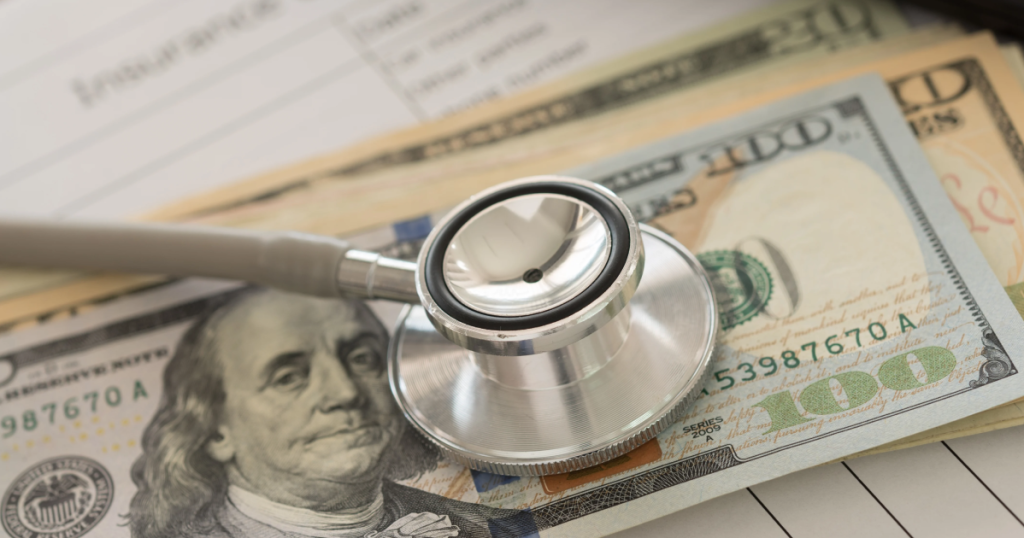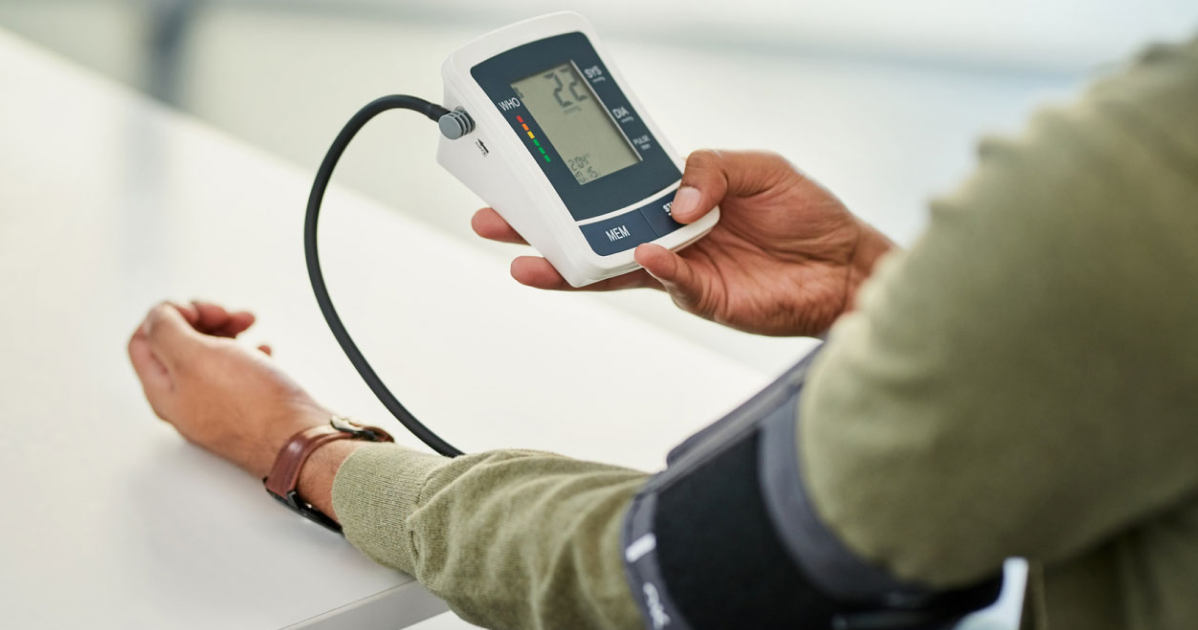Emergency room visits can be stressful, costly, and sometimes unnecessary. At PrevHealth, we believe that proactive, preventive care is the key to helping individuals avoid many emergency room trips by addressing health issues before they become severe. This approach is especially critical in communities where access to timely care can be challenging. Here’s how preventive care makes a decisive difference in reducing emergency visits and improving overall health outcomes.
Catching Health Problems Early

Preventive care includes routine screenings, vaccinations, and regular check-ups that help identify medical conditions at their earliest stages. Early detection can lead to timely treatment, reducing the risk of complications that often result in emergency situations. For example, controlling high blood pressure or managing diabetes properly through preventive measures lowers the likelihood of sudden emergencies like strokes or diabetic crises.
Studies show that individuals who engage with preventive care services are less likely to visit emergency rooms for avoidable reasons. According to research, lack of preventive care is linked to higher emergency visits, especially among people from lower-income households and underserved populations. This means preventive care not only saves lives but also alleviates the strain on emergency departments.
Discover PrevHealth’s preventive care services designed to detect health issues early and keep patients out of emergency care.
Managing Chronic Diseases Proactively

Many emergency visits result from complications of chronic conditions such as heart disease, asthma, and COPD. Preventive care programs help manage these conditions through remote monitoring, medication adherence support, and patient education—all critical components of chronic disease management. PrevHealth’s home-grown platform enables continuous patient engagement and early intervention, preventing flare-ups that might otherwise require emergency attention.
Effective chronic care management through preventive services lowers hospitalizations and improves quality of life for patients, reducing costly and avoidable emergency department use.
Improving Access to Care

Emergency visits often happen because patients cannot access timely primary care or face barriers such as transportation, insurance coverage, or limited clinic hours. By expanding telehealth options, offering walk-in clinics, and embedding care coordination, preventive care models make healthcare more accessible. This ensures patients receive appropriate care before conditions escalate to emergencies.
PrevHealth focuses on bridging gaps in healthcare access by leveraging technology to deliver care remotely and supporting community clinics. This approach helps reduce preventable emergency room visits by addressing patients’ needs earlier and more conveniently.
Reducing Healthcare Costs

Preventing emergency visits benefits not only patients but also the healthcare system as a whole. Emergency care is expensive, and unnecessary visits contribute significantly to healthcare costs. Studies estimate that diverting avoidable emergency visits to primary or urgent care could save billions annually in the United States.
Investing in preventive care yields financial savings by reducing emergency service demand while improving patient health outcomes. This sustainable model supports better resource allocation and promotes healthier communities.
Conclusion
Preventive care is a powerful tool to reduce emergency visits by catching health issues early, managing chronic diseases proactively, and improving access to timely care. At PrevHealth, our mission is to provide accessible preventive services to empower individuals and communities, especially those underserved by the healthcare system. Prioritizing prevention today means stronger health and fewer emergencies tomorrow.
Learn more about how PrevHealth supports preventive care on our services page and explore how to start your health journey with us.
